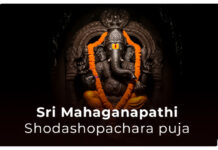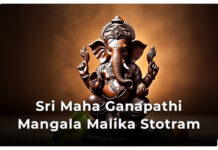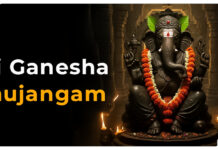
Historical Significance: The Journey of Kumbh Mela Through Ages
Kumbh Mela, one of the most significant and ancient religious gatherings worldwide, draws millions of devotees in a majestic confluence of faith, spirituality, and tradition. This grand event, rooted in mythology that spans thousands of years, celebrates devotion and is a testament to India’s rich spiritual heritage. Understanding the evolution of the Kumbh Mela enhances its significance, connecting attendees to an ancient tradition imbued with deep wisdom.
Origins of Kumbh Mela
The genesis of Kumbh Mela is deeply entwined with Hindu mythology, particularly the tale of Samudra Manthan. This legend narrates how gods and demons joined forces to churn the cosmic ocean to obtain Amrit, the nectar of immortality. During this tumultuous event, four drops of the nectar fell at four distinct locations in India: Prayagraj (Allahabad), Haridwar, Ujjain, and Nashik. These sites, imbued with sacredness, became the venues for Kumbh Mela, where devotees congregate to seek spiritual liberation through ritual bathing in the rivers.
Ancient Hindu scriptures like the Puranas reference these gatherings, emphasizing their cosmic importance and the belief that bathing at Kumbh Mela locations purifies the soul, breaking the cycle of rebirth.
Kumbh Mela in Ancient India
As Kumbh Mela’s significance grew, it transitioned from simple rituals to organized celebrations. In ancient India, Kumbh Mela served as a hub for spiritual seekers and a platform for learning, where sages and scholars exchanged knowledge. Early records document large pilgrimages to these sites, where attendees came to witness divine rituals, engage in philosophical discussions, and seek blessings.
Historical records of Kumbh Mela date back to 300 BCE, with some suggesting even older origins. The event’s legacy underscores its pivotal role in preserving Hinduism’s essence over millennia.
Kumbh Mela in the Medieval Period
In the medieval period, Kumbh Mela flourished under the patronage of various rulers who recognized its cultural and spiritual importance. This era saw increased participation from Bhakti saints and devotees from different sects, leading to the establishment of multiple akharas that are now integral to Kumbh Mela’s traditions. The sadhus, ascetics, and yogis in attendance were revered as embodiments of spiritual knowledge and practice, attracting even more devotees.
Rulers such as the Mauryas and Guptas provided royal support, enabling larger and more organized gatherings. This period also marked the rise of pilgrimage culture in India, with Kumbh Mela symbolizing unity and devotion.
Kumbh Mela in Modern Times
In contemporary India, Kumbh Mela has expanded unprecedentedly, attracting millions globally. The Indian government has implemented extensive measures to organize and support the event, ensuring a safe and seamless experience for attendees. In 2017, UNESCO recognized Kumbh Mela as part of the Intangible Cultural Heritage of Humanity, highlighting its role as a cultural and spiritual event that transcends time and borders.
Today, the Kumbh Mela is broadcast worldwide, drawing devotees and curious travelers eager to witness its magnificence. The Shahi Snan, or royal bath, featuring processions of sadhus and saints from various akharas, has become one of the event’s most iconic moments.
Significance of Kumbh Mela’s Historical Legacy Today
The historical legacy of Kumbh Mela links modern attendees to an ancient tradition that remains unchanged. For millions, attending Kumbh Mela is not just a pilgrimage but a return to the roots of Hindu spirituality, symbolizing unity, purification, and the journey toward liberation. As the 2025 Kumbh Mela approaches, understanding its rich history deepens the experience for participants, offering a spiritual connection interwoven with India’s cultural heritage.
Conclusion
Kumbh Mela 2025 is more than a religious gathering; it is a timeless journey, a celebration of faith, and a profound spiritual connection to a heritage that continues to thrive in modern India.
For more information send a message (“Hari Ome”) to 9059-777-789 and receive continuous spiritual and traditional information like this.
Related Posts
Kumbh mela 2025 | మహా కుంభమేళా ప్రాముక్యత, ప్రారంభ మరియు ముగింపు తేదీలు
What is the astrological significance of Poorna Kumbha Mela?
కుంభమేళాలో మొదటి రోజు ప్రత్యేకత | Significance of Kumbha Mela










